 The U.S. Department of Energy’s (DOE) Interior Lighting Campaign is undergoing a fresh launch as the Integrated Lighting Campaign in June 2020. The program’s core goal of market transformation is the same, with many of the same services and benefits to participants, but the promoted suite of technologies is now going beyond LED adoption toward integrated systems. The Lighting Controls Association is proud to support this program as a member of its Organizing Committee and an inaugural Supporter.
The U.S. Department of Energy’s (DOE) Interior Lighting Campaign is undergoing a fresh launch as the Integrated Lighting Campaign in June 2020. The program’s core goal of market transformation is the same, with many of the same services and benefits to participants, but the promoted suite of technologies is now going beyond LED adoption toward integrated systems. The Lighting Controls Association is proud to support this program as a member of its Organizing Committee and an inaugural Supporter.
Evolution from Interior Lighting Campaign
The Interior Lighting Campaign launched in 2015 to encourage facility owners and managers to install energy-efficient LED luminaires and controls. The initial focus was on troffers, which expanded to linear suspended, low-bay, and high-bay luminaires as LED options became increasingly cost-effective. Through 2019, program participants pledged or completed the upgrade or new installation of more than 3.5 million energy-efficient lighting and control systems equivalent of an estimated 800 million kWh or $84 million in energy savings.
As adoption of LED luminaires in commercial buildings became increasingly viable and common, the Campaign set its sights on lighting systems that deliver even greater energy savings and value: integrated systems. These integrated systems included connected luminaires, networked lighting controls, plug load controls, and lighting’s integration with other building systems such as HVAC.
“Lighting is already going through a transformation from low- to high-efficacy products with better controllability,” said Felipe Leon, Integrated Lighting Campaign Lead, Pacific Northwest National Laboratory (PNNL). “The opportunity that connectivity and the Internet of Things enable in lighting systems will generate added value to building owners and improve the way buildings and businesses operate. The new campaign will strive to replicate the success of the Interior Lighting Campaign with a focus on this kind of integration.”
How It Works
Like the Interior Lighting Campaign, the Integrated Lighting Campaign will include a role for both building owners and managers (Participants) and service firms, manufacturers, utilities, and energy efficiency organizations (Supporters).
As the organizations that will be installing the integrated systems, Participants are the focus. Their experiences will be captured as case studies, which Leon said will address an adoption hurdle for integrated lighting by providing building owners and managers reliable information about how the technology performs in peer buildings. Participants will likely primarily be recognized for 1) Advanced Use of Sensors and Controls for Lighting, 2) Integrated Controls for HVAC and Lighting Systems, and 3) Integrated Controls for Plug Loads and Lighting Systems.
“By sharing success stories through our recognition events and case studies, the Integrated Lighting Campaign provides building owners with an understanding of how similar building types have applied advanced sensors or the integration of lighting in their buildings, and the benefits perceived or quantified,” Leon said.
Participants also receive some technical assistance and learn about Supporter services, incentives, and education. The campaign also works in a complementary way to other DOE programs such as the Better Buildings Alliance, where participants work with government and industry to identify ideal energy-saving solutions for buildings, and the IoT-Upgradeable Lighting Challenge, which will challenge industry to produce a luminaire that can be easily upgraded after installation with IoT devices and sensors.
“Our hope for the Integrated Lighting Campaign in the next five years is that businesses will have been able to navigate the rough waters of a new technology—a new paradigm, really—to generate energy savings and business insights that were not available in the past without a significant investment in resources, and that their efforts were aided by the available resources and technical support available through the campaign,” said Leon. “Further, we hope that some of these businesses will pay it forward by sharing their projects with the Integrated Lighting Campaign to both earn recognition and allow others to learn from their successes and challenges.”

Lighting Controls Association Joins Integrated Lighting Campaign
The Lighting Controls Association is proud to join the Integrated Lighting Campaign as a member of the Organizing Committee and inaugural Supporter.
Said Leon, “LCA brings an expertise in lighting, education, including advanced lighting concepts, as well as a great network of constituents that may be interested in the efforts of the Integrated Lighting Campaign. Through our collaboration, we hope to influence the adoption of high-efficiency lighting systems that integrate with a building’s other systems and/or leverage advanced lighting sensors and capabilities, and to document successful installations to help build the body of knowledge on this front. Through the education resources established by and freely available at LCA, we hope Participants can gain confidence and comfort with newer lighting technologies that may seem intimidating at first glance.”
How to Participate
Building owners and managers, along with construction and lighting industry professionals, are invited to join the campaign. While the program launches in June at the 2020 Better Buildings, Better Plants Summit, you can join early for special recognition as inaugural partners. To join now, contact PNNL by clicking here.







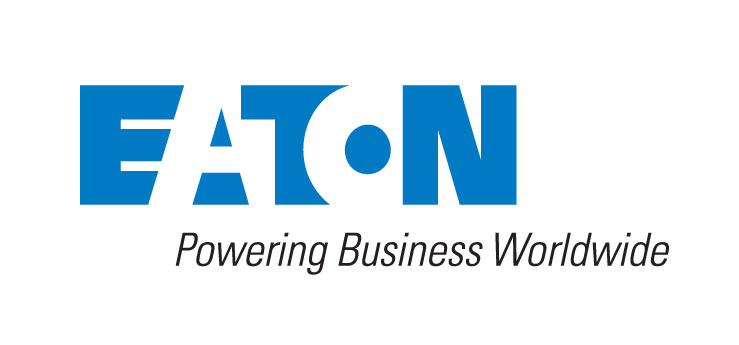

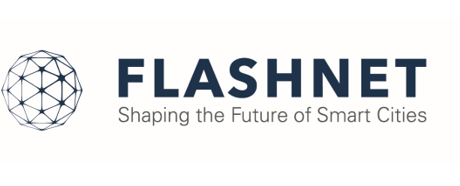


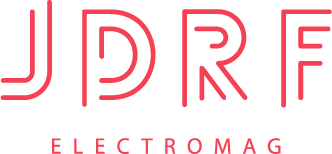
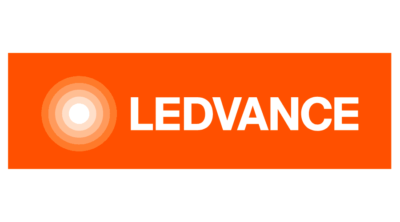






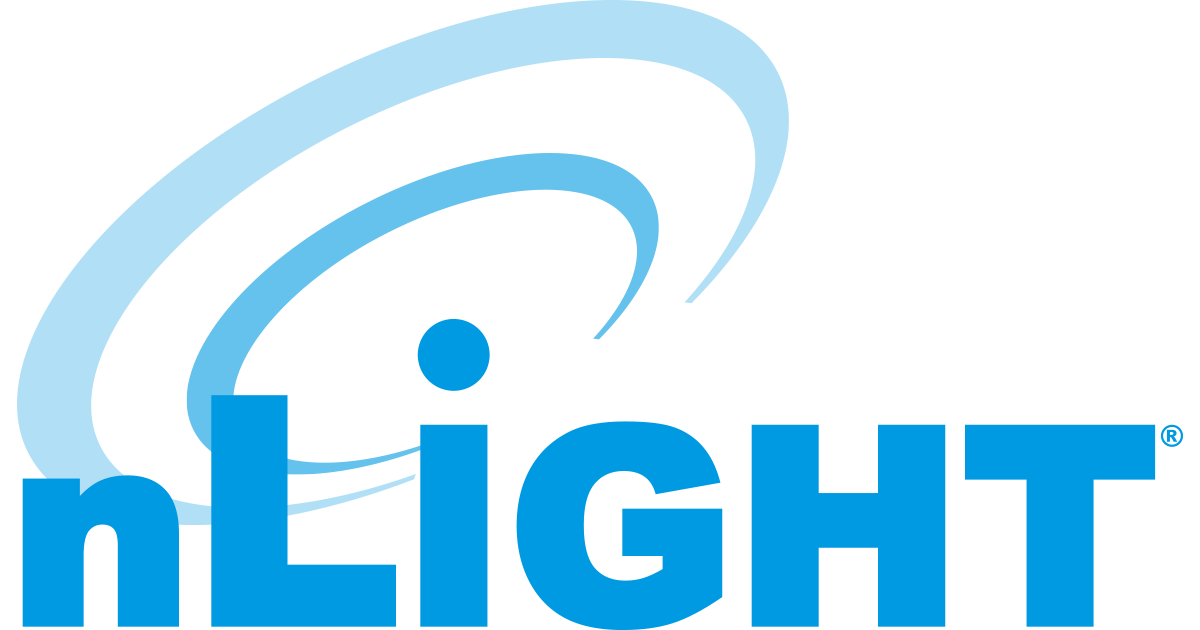






Comments on this entry are closed.
We are interested in participation to this campaign.
We are an energy saving company. Our customers are interested with LED control projects.
Please let us know how to work with you.